
A section of Pha Din Pass in spring when the forest is covered in white Bauhinia flowers. Photo: KK
Move
After a period of closure for upgrading, Dien Bien airport welcomed passengers again on December 2, 2023. Vietnam Airlines has direct flights from Hanoi every day of the week, round-trip fares range from 1.6 to 2.8 million VND. Visitors from Ho Chi Minh City can also fly with Vietnam Airlines, with a stopover in Hanoi. Vietjet has direct flights from Ho Chi Minh City with a frequency of 3 flights a week on Tuesdays, Thursdays and Saturdays, round-trip fares are around 2 million VND.
Dien Bien Airport will be upgraded from 2022. Photo: Thanh Nien
Accommodation
Hotels in Dien Bien are mainly concentrated in Dien Bien Phu city, with a variety of room types, from motels, homestays to 3-4 star hotels. Muong Thanh Dien Bien, Him Lam Hotel, Dien Bien - Hai Van, Phuong Nam, An Loc have room rates ranging from 700,000 VND to 1.2 million VND per night. Motels in the city cost from 150,000 to 300,000 VND per night. Some homestays recommended by the Dien Bien Province Tourism Promotion Information Center include: Muong Then, Phuong Duc, Dien Bien - Rose Valley, Nang Ban.Sightseeing
The Dien Bien Phu Victory Relics Complex is an important part of the itinerary to visit historical destinations in Dien Bien province. Most of these places are located next to each other, so visitors can conveniently visit them in one day. Hill A1
Panoramic view of A1 hill with intact vestiges from the historic battle of Dien Bien Phu. Photo: Thanh Nien
Located in Muong Thanh ward, Dien Bien Phu city, A1 hill is one of the most important strongholds of the battle, considered the "throat" protecting the central area. The name A1 is the name given to the hill by the Vietnamese army, before that it had many other names. Around A1, the French army built a system of barbed wire fences in various shapes. The battle on A1 hill was fierce, long and caused many sacrifices. On the top of the hill is a bunker, which used to be the wine cellar of the French consulate before 1945. The bunker is divided into 2 compartments, one of which is the workplace of the radio communication department. The bunker is made of sturdy materials, solid brick walls, and a thick concrete roof, which can be a hiding place for dozens of people. On A1 hill, there are still traces of a crater created by 960 kg of explosives. At A1 hill today, besides sightseeing, visitors can also experience some practical activities such as cooking soldiers' rice with Hoang Cam stove, pushing bicycles to transport necessities, listening to stories about the Dien Bien Phu campaign and the soldiers' activities during combat. De Castries' bunker
Outside the Dien Bien Phu Victory Museum. Photo: Van Dat
The museum is designed in the shape of a truncated cone, decorated in the shape of a diamond symbolizing the camouflage net of a soldier's helmet, including a basement and a ground floor. The basement is where visitors are welcomed, a space for learning, interaction and entertainment services. The ground floor is a space for displaying the Dien Bien Phu victory. The ground floor has an area of 1,250 m2 with nearly 1,000 documents, artifacts, images and maps.
Part of the panorama at the Dien Bien Phu Victory Museum.
The highlight here is the panorama painting with more than 4,500 characters, 132m long, 20.5m high, 42m in diameter, 6m relief, total area of more than 3,200m2. The painting was painted with oil on canvas from November 2019 and completed phase 1 in May 2021, with the participation of about 100 artists. The stages of the Dien Bien Phu Campaign in 1954 are shown continuously and impressively through each stroke. Dien Bien Phu Victory Monument
Dien Bien Phu Victory Monument. Photo: Van Dat
The monument was inaugurated on May 7, 2004, on the occasion of the 50th anniversary of the Dien Bien Phu victory. The project is located on D1 hill, right in the city center. The monument cluster is the tallest, largest and heaviest bronze statue group in Vietnam to date. The statue is 12.6 m high and cast from 217 tons of bronze. A1 National Martyrs Cemetery
A1 National Martyrs Cemetery. Photo: Van Dat
The cemetery is located on Vo Nguyen Giap Street, a few hundred meters from A1 Hill. This is the resting place of 644 officers and soldiers who died in the Dien Bien Phu campaign. Most of these places are anonymous graves. The cemetery manager's house has the typical stilt house architecture of the Thai people in Dien Bien, the outside platform is designed according to Khue Van Cac. Campaign headquarters in Muong Phang The Dien Bien Phu Campaign Command Headquarters relic in Muong Phang is located at an altitude of more than 1,000 m above sea level, at the foot of Pu Don mountain, hidden under the canopy of ancient forests, more than 30 km from the center of Dien Bien Phu city.Panoramic view of Muong Phang base. Photo: Dien Bien Tourism
The facilities of the Command Center are arranged in a continuous system, surrounded in front and behind, with tunnels and barracks to ensure secrecy and safety. This is where General Vo Nguyen Giap worked and rested during the campaign. Currently, many relics still have their original value such as: the living and working barracks of the General, Deputy Chief of the General Staff Hoang Van Thai, and Head of the Information and Communications Department Hoang Dao Thuy.
Dien Bien Phu campaign headquarters in Muong Phang commune. Photo: Van Dat
From the highest point, visitors can observe the entire city of Dien Bien Phu, Muong Thanh valley and French bases such as Him Lam hill, Doc Lap hill, D1 hill, C1 hill, A1 hill. The Victory Monument cluster at Muong Phang Park (pictured above) is also a stop not to be missed when coming here. In addition, in Muong Phang, there is a cherry blossom garden blooming near Tet located on an island in the middle of Pa Khoang lake. Visitors should calculate the time to admire the beautiful scenery here. Pha Din Pass Pha Din Pass is 32 km long, belongs to National Highway 6, is the gateway to Dien Bien province. The highest point of the pass is 1,648 m above sea level, one side is a cliff, the other side is abyss. This is also the starting point of the journey of pulling artillery, transporting food, weapons and ammunition by human power of the Vietnamese army and people during the Dien Bien Phu campaign.
Rest stop on Pha Din Pass. Photo: Thieu Hoa
Pha Din Pass is no longer as dangerous as before, the narrow roads have been widened but there are still winding roads going up and down and countless hairpin bends. On Pha Din Pass there is Pha Din Pass tourist area, a stop for tourists to rest and sightsee, and also a place for people from Dien Bien and Son La provinces to exchange. Muong Thanh field and Nam Ron river Located in the middle of Dien Bien basin, Muong Thanh field is likened to a giant "warehouse" filled with corn and rice. From the end of September, rice in Muong Thanh basin begins to ripen. Located at an altitude of more than 400m above sea level, Muong Thanh field stretches over 20km, with an average width of 6km. Looking down from above, Muong Thanh field runs along the banks of Nam Rom river, spreading out like a flower petal embracing the historical relics of the Dien Bien Phu battle. Muong Nhe and the westernmost pointBorder markers of three countries. Photo: To Quoc Newspaper
Muong Nhe is a district in the northwest of the province, home to the westernmost point of Vietnam, the Vietnam - Laos - China border junction, about 250 km from the center of Dien Bien Phu city. The terrain here is mainly forest, accounting for 55% of the area. In addition, this place also has Muong Nhe nature reserve, one of the largest special-use forests in Vietnam with a diverse ecosystem. A Pa Chai is the most famous destination in Muong Nhe, where the coordinate marker number 0 is located on the top of Khoan La San mountain. The marker was planted by the three countries on June 27, 2005, made of granite, each side is engraved with the name of the country and the national emblem of each country. On the 3rd, 13th and 23rd of each month, there is a market in A Pa Chai, a beautiful cultural feature of the border region. In the dry season, the road to A Pa Chai is quite easy to travel, but in the rainy season, the roads become difficult, even dangerous. Visitors should have a guide to ensure safety.Muong Lay Town
Muong Lay town is considered the capital of the White Thai people, where visitors can travel on the Da River to admire the natural beauty and learn about the life and culture of the Thai people. Coming to Muong Lay, visitors should visit Hang Tom bridge, which connects the two provinces of Dien Bien and Lai Chau. The old Hang Tom bridge was built in 1967 and was the largest cable-stayed bridge in Indochina at that time. In November 2012, the Son La hydroelectric dam filled with water, causing the entire old Muong Lay town, including Hang Tom bridge, to sink under the Da River lake. Right near the old Hang Tom bridge, a new bridge was built, 70 m higher than before. Dien Bien Dong This is a district in the southeast of Dien Bien province, with many high mountain peaks, suitable for trekking trips. Chop Ly cloud hunting peak is located 35 km from Dien Bien Phu city, where visitors can admire the beauty of the mountain scenery combined with the sky and clouds. The best time to hunt clouds in Chop Ly is from April to September. Dien Bien Dong also has Noong U Lake, a natural lake with an area of about 4 hectares and located in the middle of a green mountain landscape. The lake is a place that attracts tourists to visit and enjoy the beautiful scenery. In addition, districts such as Muong Cha, Muong Ang, Nam Po, Tua Chua... all have eco-tourism areas and destinations suitable for experiential tourism such as mountain climbing or learning about the lives of indigenous people. U Va hot mineral spring
Hot mineral bath in U Va. Photo: Dulichpro
Located about 15 km from Dien Bien Phu city, in Dien Bien district, U Va hot spring has a total area of 73,000 m2. The best time to come here is from November to April every year when the weather is cold. The hot spring provides many services to help visitors relax their mind, body and smooth skin. If you want to soak in hot mineral water, visitors should soak in the early morning or in the afternoon. After bathing, you can participate in other recreational activities such as: playing tennis, cycling, playing badminton, enjoying performances from the Dao and H'Mong ethnic groups. Entrance fees depend on the service, ranging from 20,000 VND to 120,000 VND per person. The stilt house service ranges from 120,000 to 220,000 VND per room. Ban Phu Citadel Ban Phu Citadel (also known as Chieng Le Citadel) is located in Dien Bien district, 8 km south of Dien Bien Phu city center, built 200 years ago. This place marks many outstanding activities of the hero Hoang Cong Chat because he is the symbol of the great solidarity spirit of the nation when fighting against foreign invaders. The citadel was destroyed after the Trinh army invaded and occupied it in the 18th century, but its historical, cultural and scientific values are still intact. In 1981, the citadel was ranked as a national historical and cultural relic.Eat and drink
Grilled chicken with mac khen Mac khen is a typical spice in the northwestern mountainous region, used to make the grilled chicken here different from similar dishes in many other localities. The chicken is grilled over charcoal, the fire is not too big. When grilling, there is no need to brush more fat because the chicken fat will melt by itself. When the meat is firm, brush more mac khen spice on the outside of the skin. Don't forget to dip it with cham cheo for enough flavor. Pa pỉnh tộp This Dien Bien specialty dish has a rather strange name, but it is actually grilled fish such as carp, silver carp, and grass carp. After being cleaned, the fish is cut along the spine. The spices marinated directly and stuffed into the fish's belly include ginger, lemongrass, herbs, and especially mac khen and the bamboo shoots of the cardamom plant, and the outside is rubbed with a layer of galangal powder and rice bran. Pa pỉnh tộp is grilled over charcoal. When grilling, use bamboo sticks to clamp the fish so that the flavor is more intense when the spices penetrate deep into each fiber of the meat and release the aroma. The grilled fish meat is fragrant, sweet, and dry inside. This is a dish that was mentioned by a famous American chef in the culinary program "Discovering Vietnam".Grilled chicken with mac khen.
Braised duck with banana flowers Braised duck with banana flowers is a rustic, easy-to-prepare dish of the local people. After cleaning, the wild duck meat will be marinated with spices such as chili, ginger, lemongrass, and mac khen, then wrapped in wild banana leaves and braised for about 3 hours over low heat until the meat is cooked. Dien Bien people often use long-stemmed wild banana flowers because this type is tastier, has a sweet taste, less latex and less astringent. Although the dish does not look appealing, the aroma is fragrant right from the moment the banana leaves are opened. Steamed ground pork in banana leaves A simple dish, as the name suggests, is made from minced pork marinated with spices, then wrapped in banana leaves, steamed for about an hour until cooked and ready to eat. One of the important things that makes the dish delicious is that the meat must be fresh and fragrant. The dish is simple but easy to eat and remember thanks to the aroma of the meat mixed with the aroma of the banana leaves, the meat is soft and fatty, sticking together. Moss
Mossy rock.
Moss is green, growing on rocks submerged in streams seasonally from September to October of the lunar calendar until the end of May. Moss is not cultivated but grows naturally. During the moss season, Thai people living near rivers and streams often collect young moss to dry for later consumption or process into dishes such as steamed moss, moss soup, moss salad, grilled moss, but the most delicious is still young moss, put in banana leaves, dong leaves, bamboo leaves and grilled over charcoal. Moss can be grilled alone or with stream fish, pork, chicken. Cham cheo Cham cheo (or cham cheo) is a traditional spice of the Thai people in Dien Bien in particular and the northwest in general. Cham cheo is made from the main ingredient of mac khen fruit, in addition to anchovies, salt, doi seeds, garlic, perilla, herbs, chili powder, lemongrass... After the mac khen is cleaned, it is roasted until crispy and then crushed, then mixed with dried chili, lemongrass, salt, and coriander to create a mixture of flavors. Cham cheo is used as a dipping sauce for sticky rice, boiled dishes, grilled dishes, and raw vegetable dishes.
Cross occiput.
Note
Try to avoid going to Dien Bien during the rainy season because the risk of landslides is very high. Taxis in Dien Bien are relatively expensive, so visitors should consider when bargaining or using other means of transport such as motorbikes and motorbike taxis.Tam Anh
source

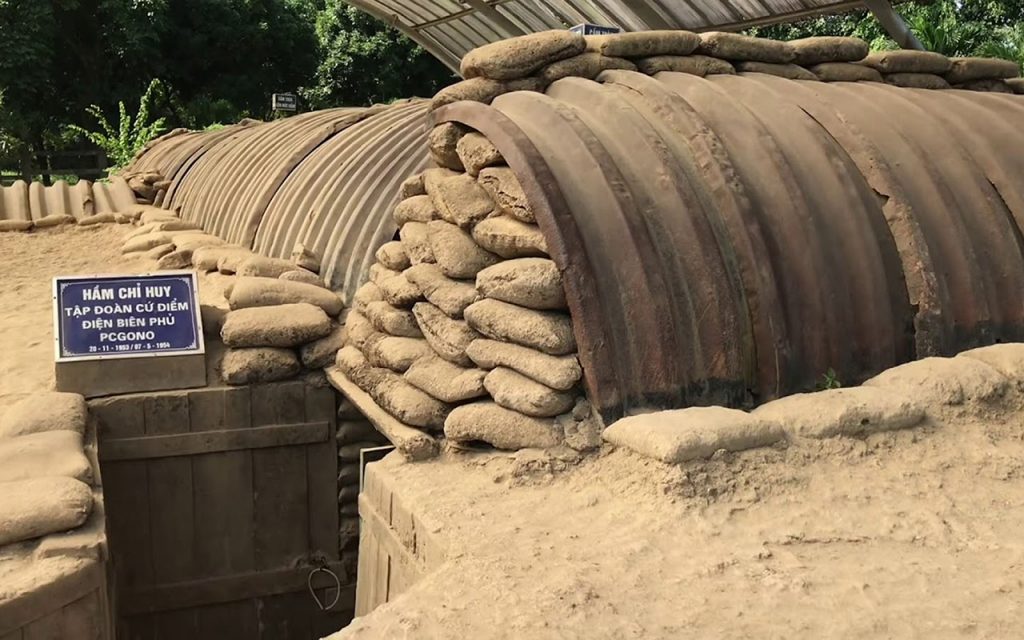
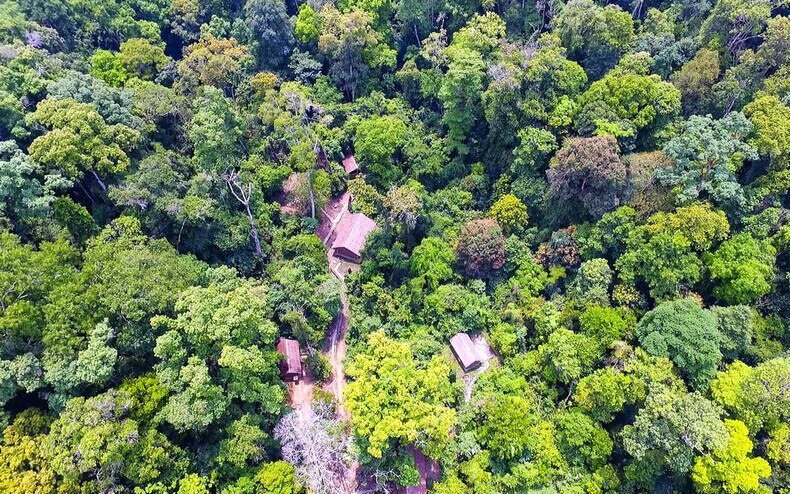
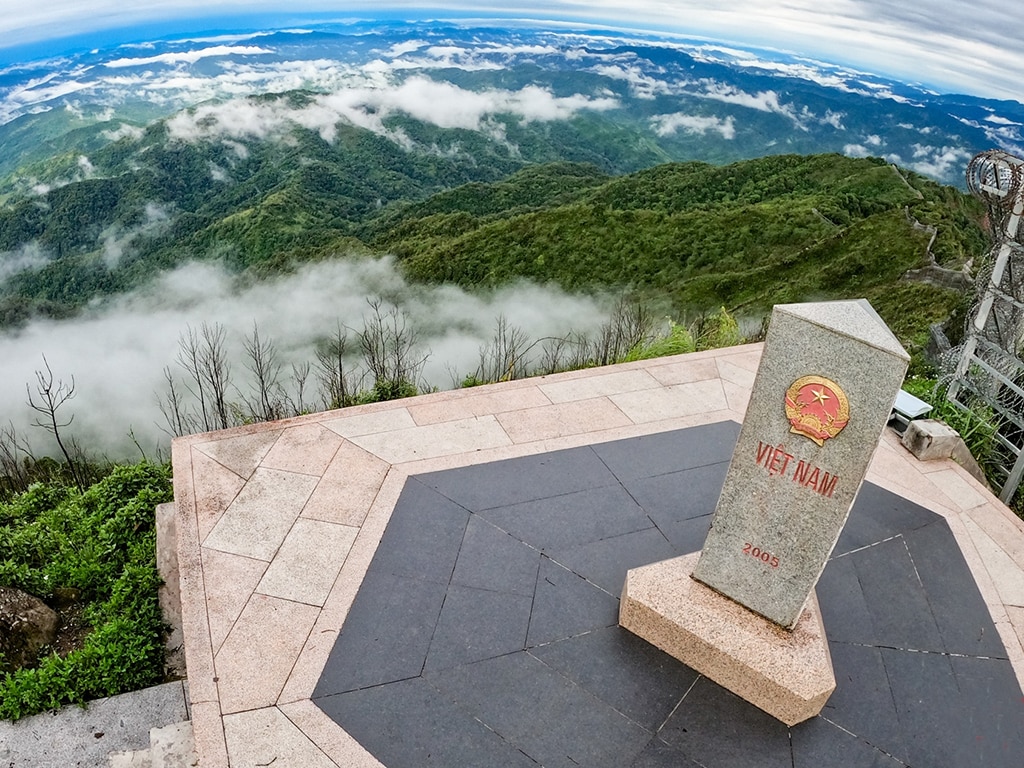
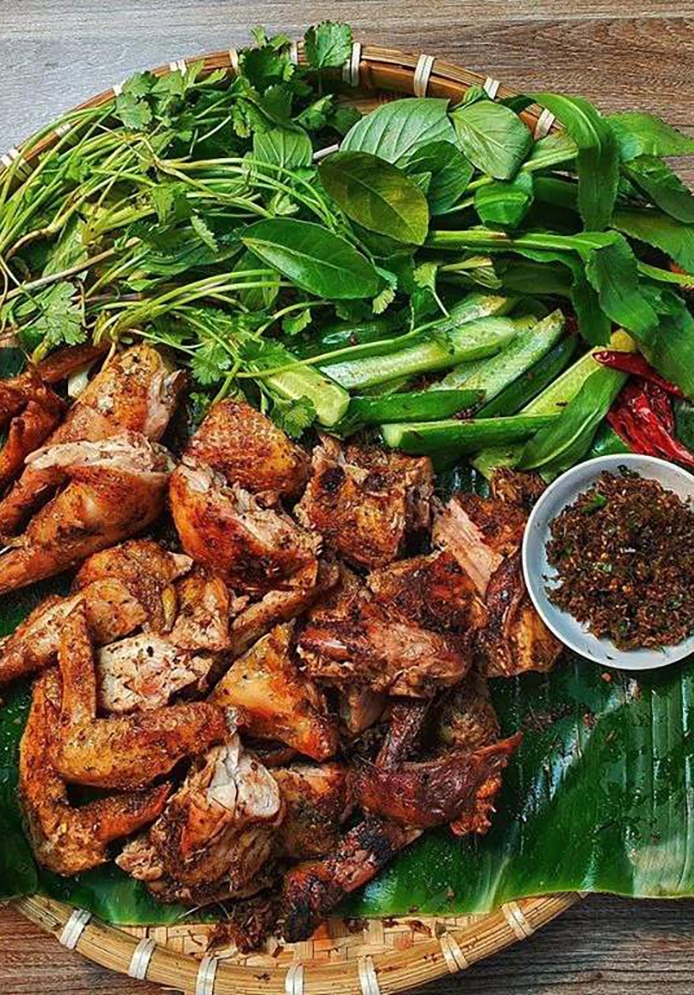
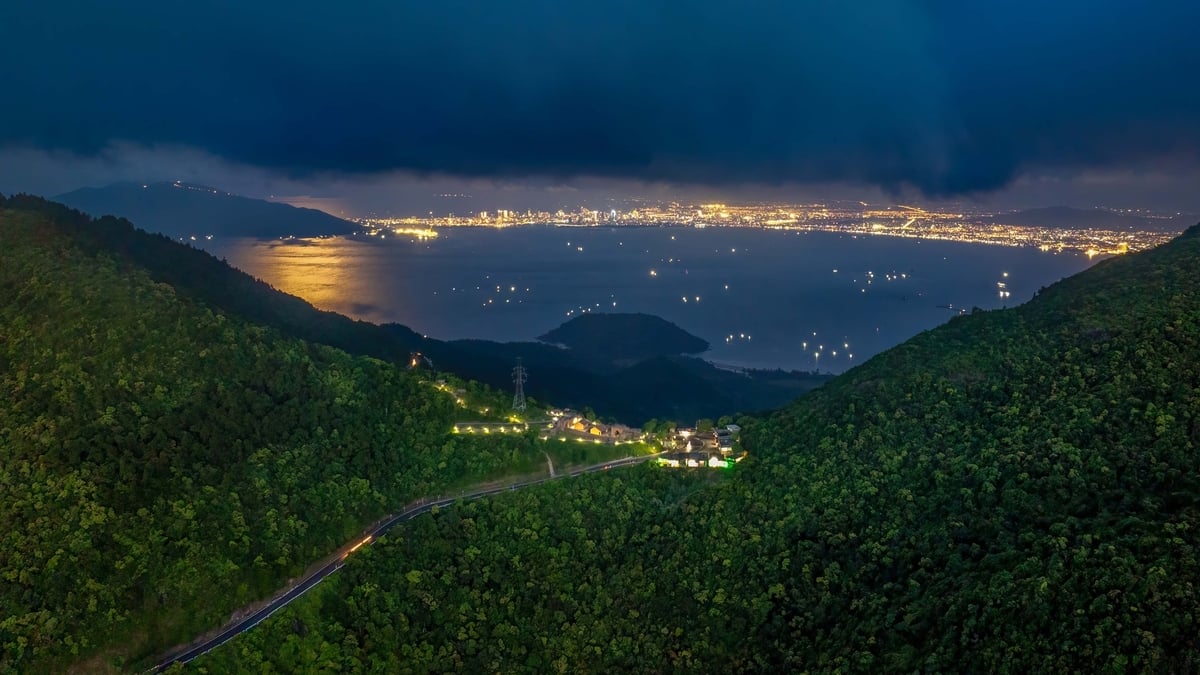
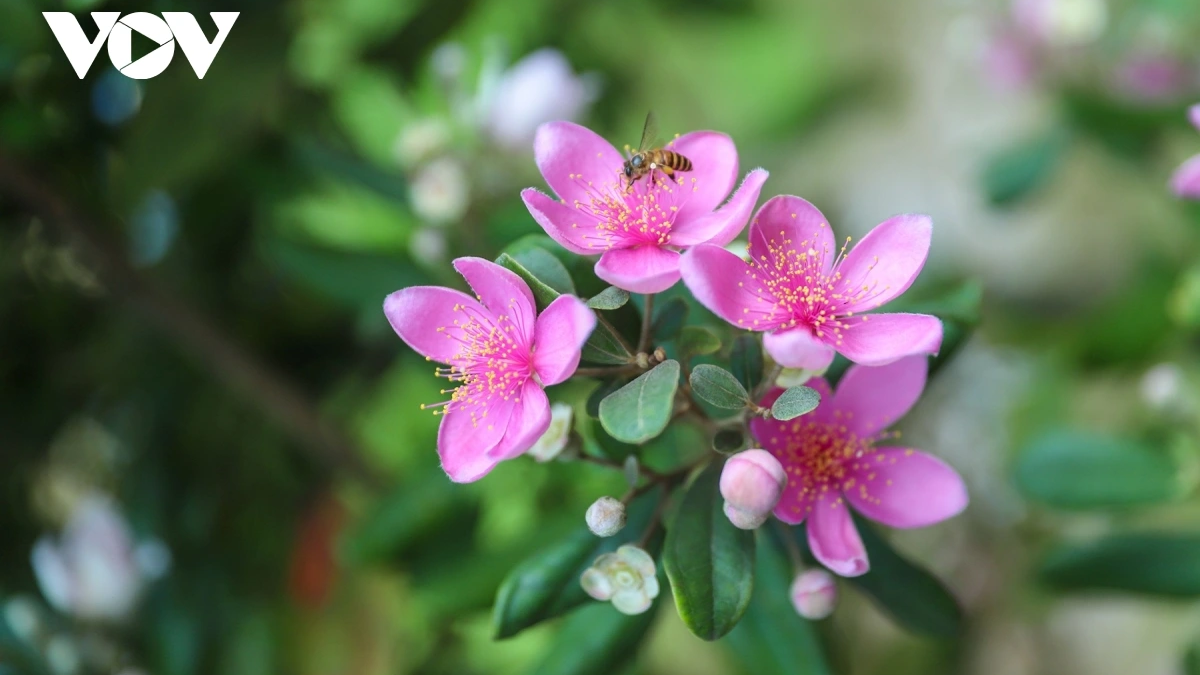
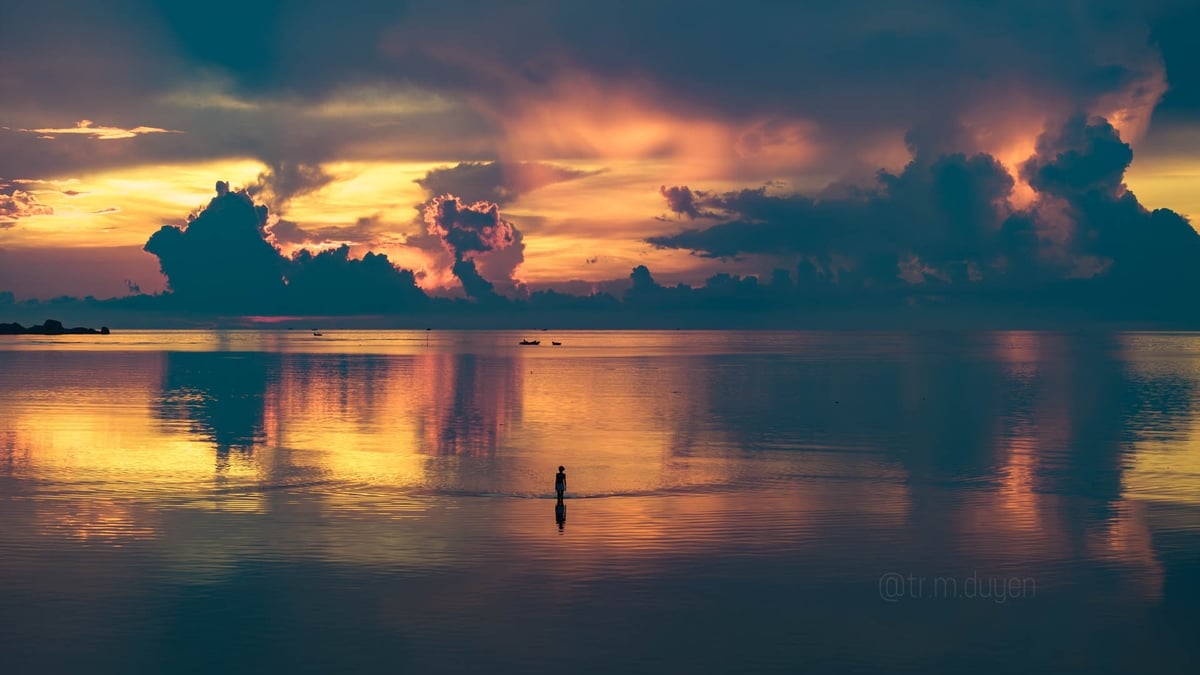
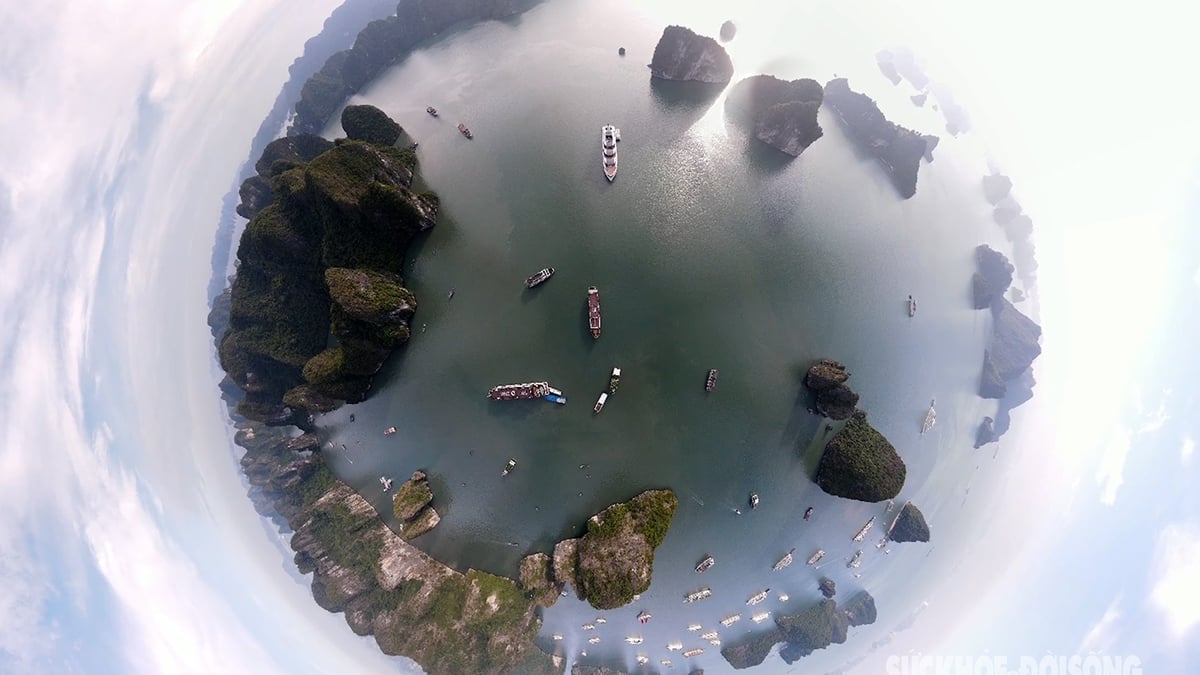
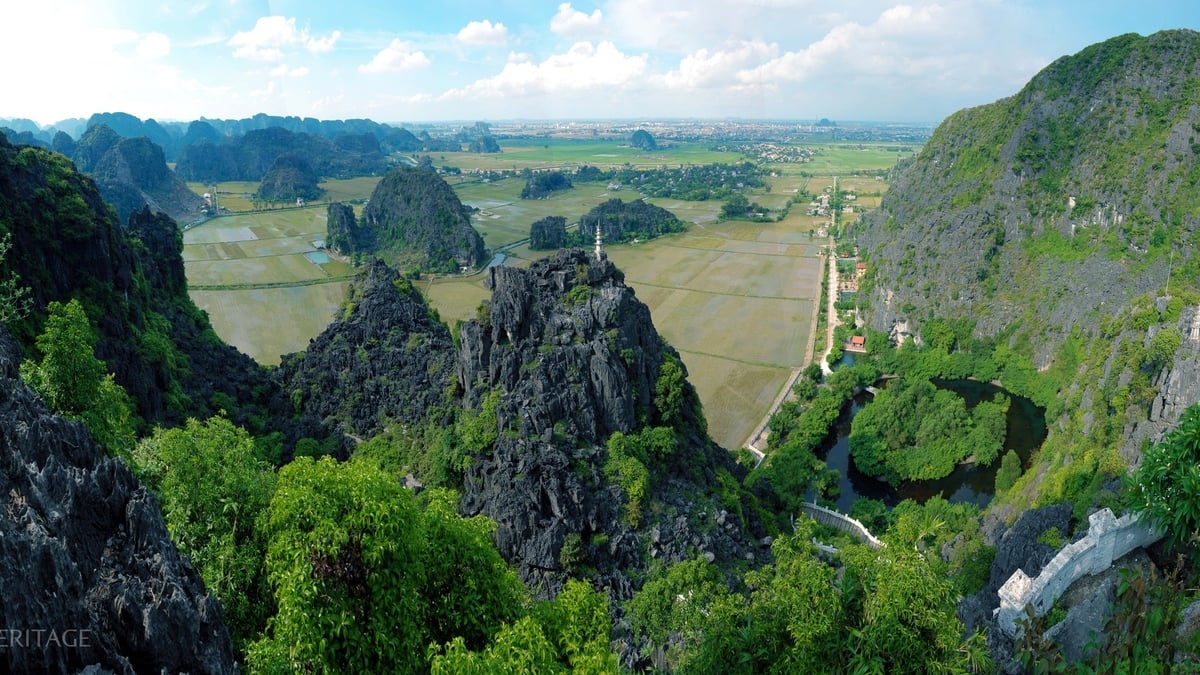
![[Photo] Prime Minister Pham Minh Chinh chairs a meeting on the implementation of the Lao Cai-Hanoi-Hai Phong railway project.](https://vphoto.vietnam.vn/thumb/1200x675/vietnam/resource/IMAGE/2025/5/20/0fa4c9864f63456ebc0eb504c09c7e26)
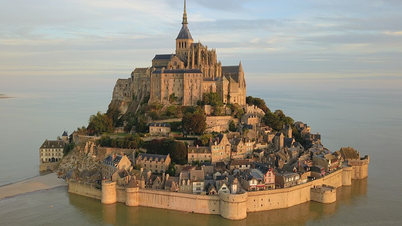
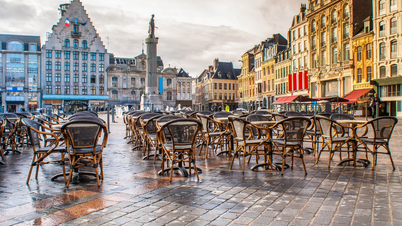

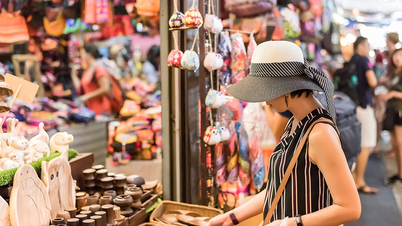

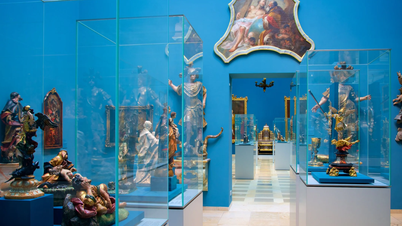

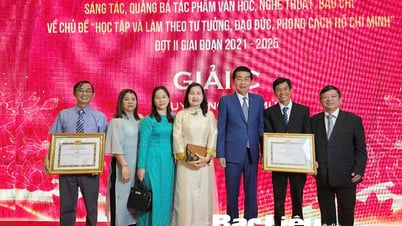
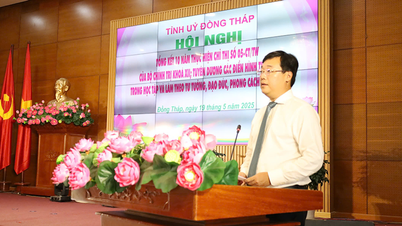
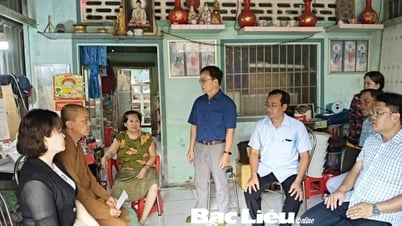



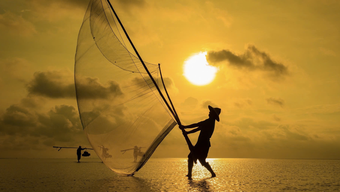
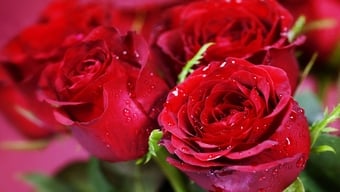
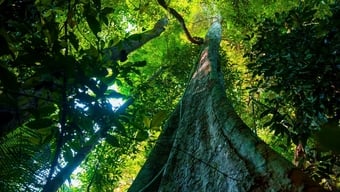
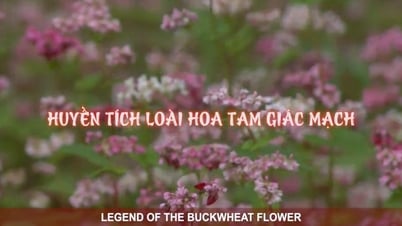
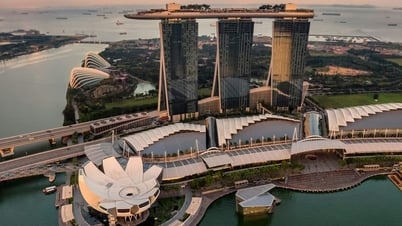
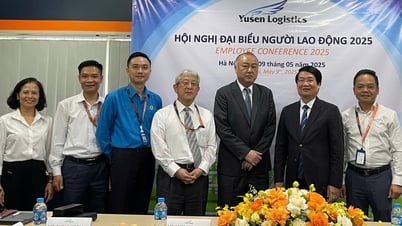
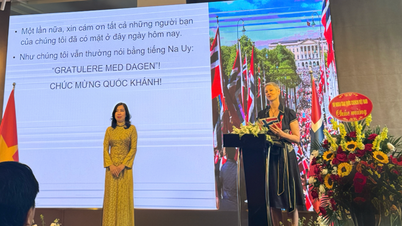
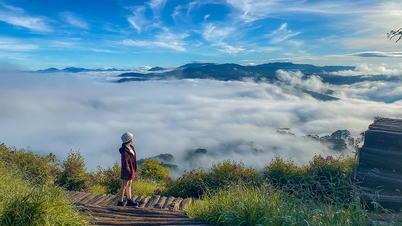
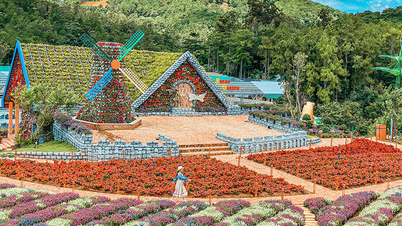
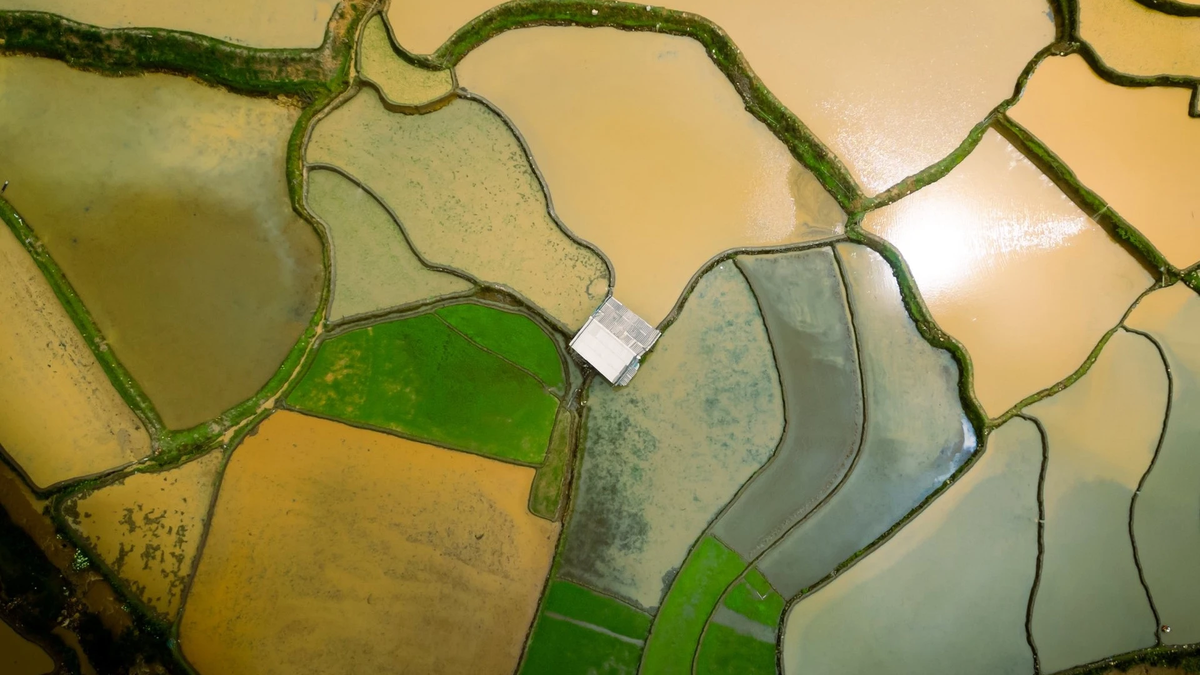
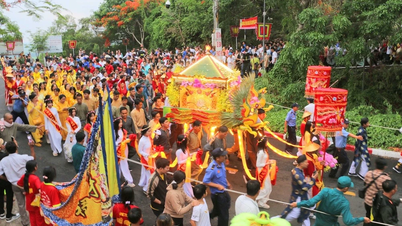

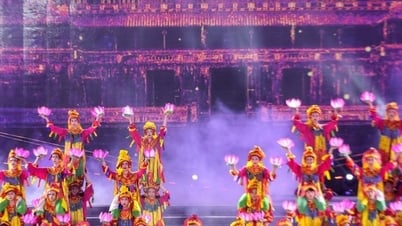

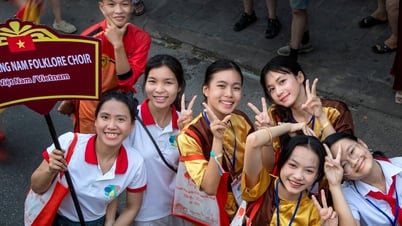



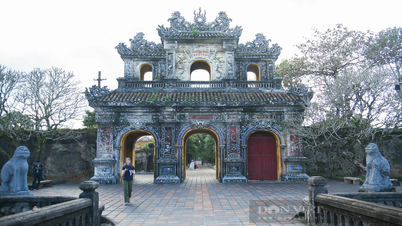

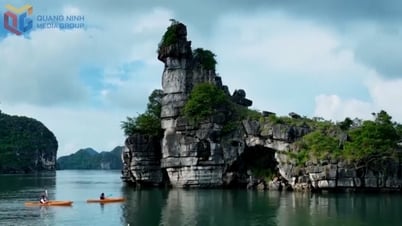





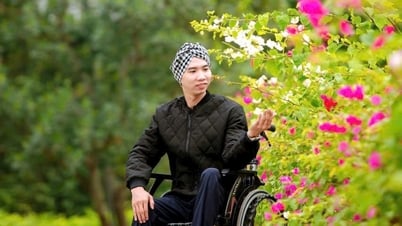

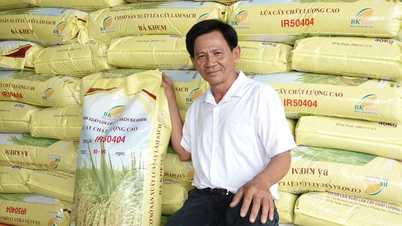





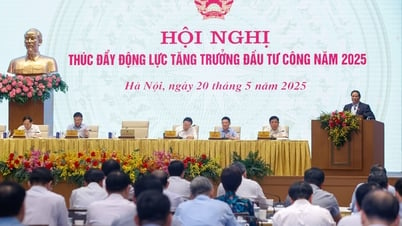




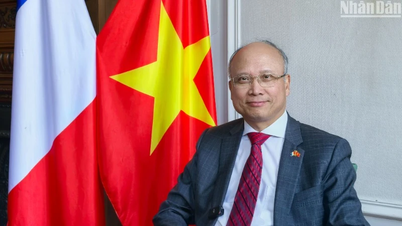



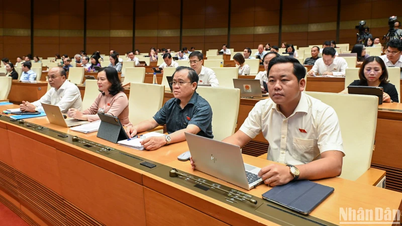

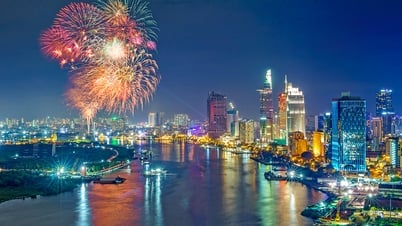
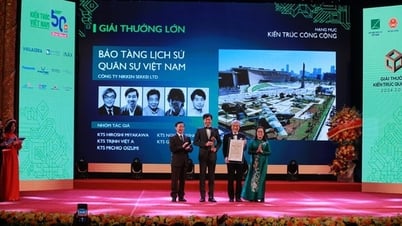

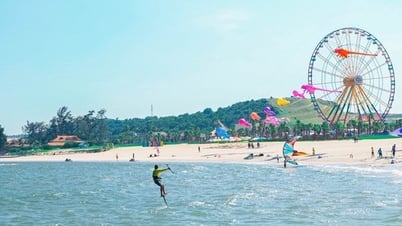
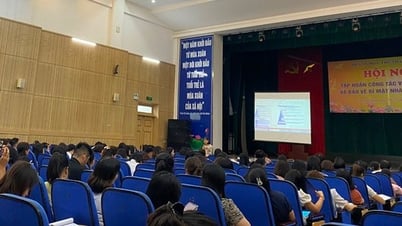
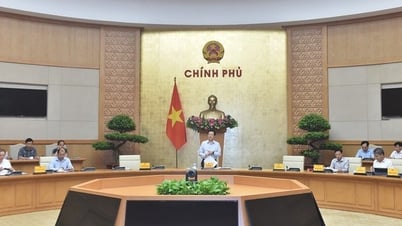
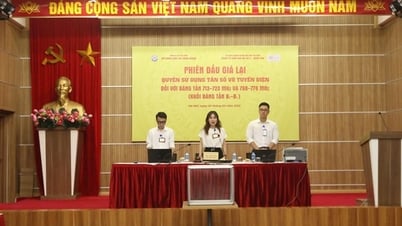

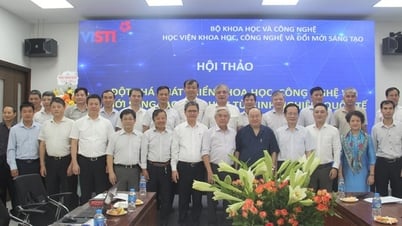
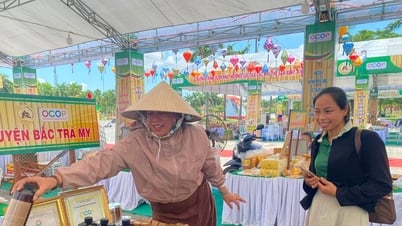
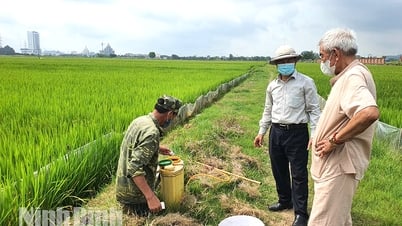

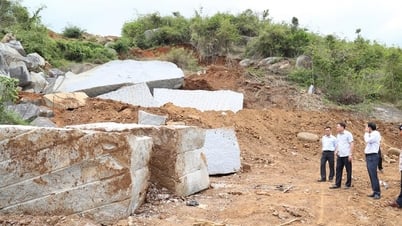

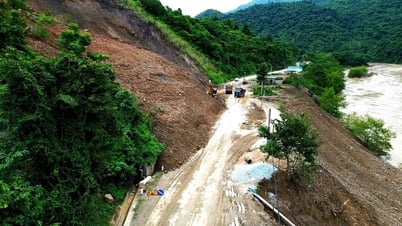

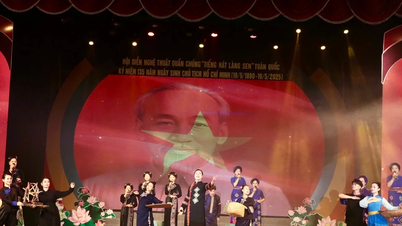

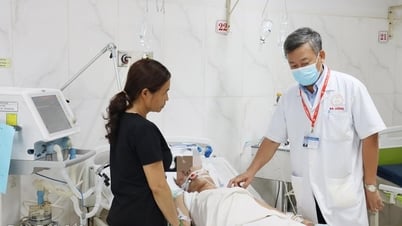
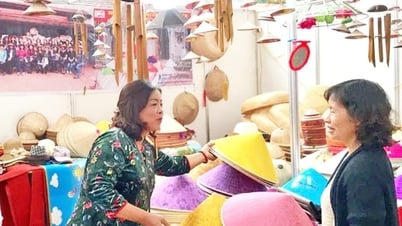



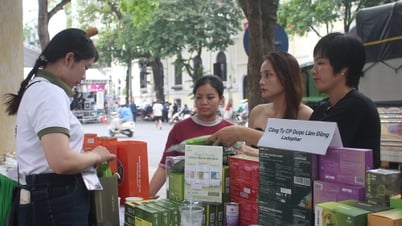

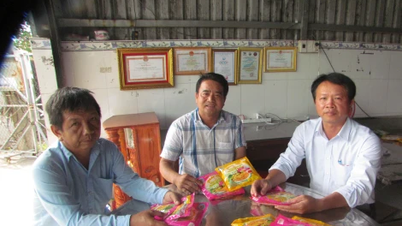

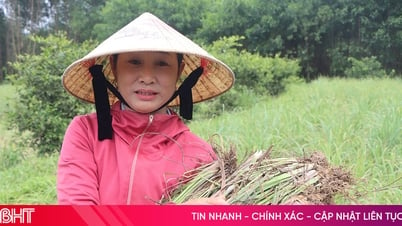

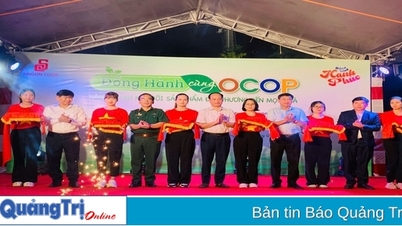

Comment (0)